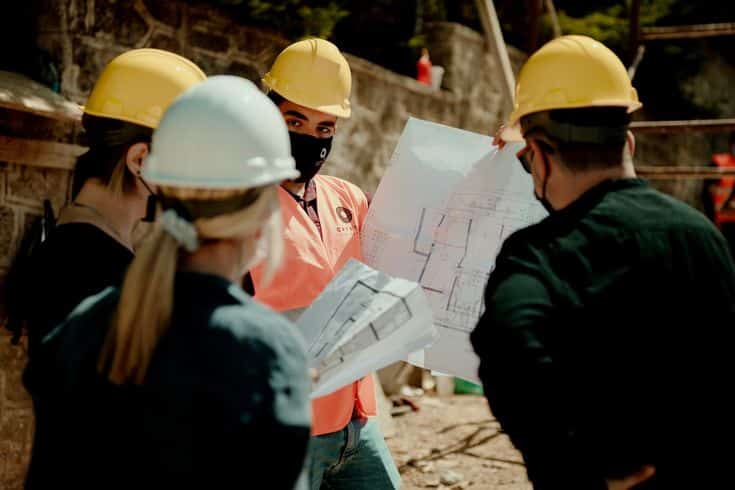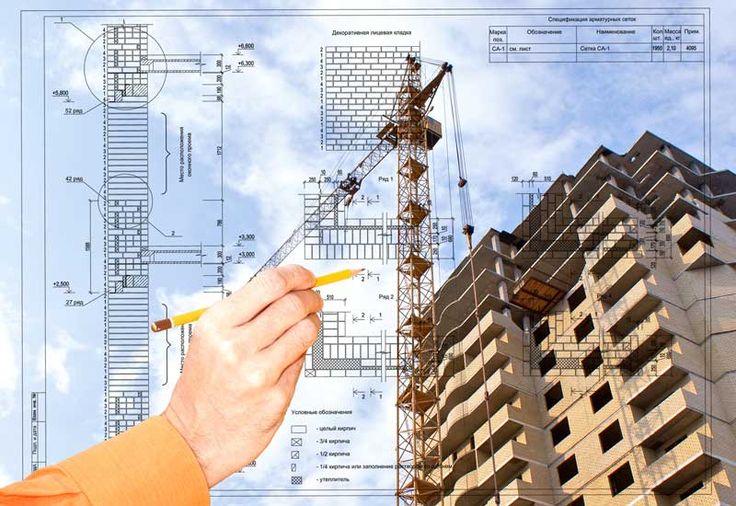
Preserving historical buildings while bringing them up to modern standards requires unique expertise and careful planning that goes far beyond typical construction work. How can you find specialized pre-construction services for historical projects?
To find specialized pre-construction services for historical projects, contact your state’s historic preservation office for a list of certified commercial contractors, or consult preservation organizations like the National Trust for Historic Preservation for recommended service providers.
While this basic approach will point you in the right direction, there’s much more you need to know about vetting these specialists and ensuring they have the specific expertise for your project type – whether it’s a Victorian mansion, industrial building conversion, or historical landmark restoration. Understanding the key qualifications and certifications to look for can make the difference between a successful restoration and a costly mistake.
Key Qualifications To Look For In Historical Pre-Construction Specialists

When evaluating potential pre-construction service providers for historical projects, start by checking for certification from the Historic Preservation Professional Qualification Standards program. These professionals should have documented experience with buildings from your project’s specific era and architectural style.
Look for contractors who maintain memberships in organizations like the Association for Preservation Technology International (APT) or the American Institute for Conservation (AIC). These affiliations demonstrate their commitment to staying current with preservation techniques and standards.
The specialist should also have a proven track record of completing similar projects in your region, as building techniques and materials often varied by geography and time period.
How To Evaluate A Pre-Construction Service Provider’s Historical Project Portfolio

Request detailed case studies of their previous historical renovation projects, paying particular attention to those completed within the last five years. The portfolio should include before-and-after documentation, specific challenges encountered, and solutions implemented.
Ask for references from preservation architects, historical societies, or building owners they’ve worked with. These stakeholders can provide valuable insights into the provider’s ability to balance historical accuracy with modern requirements.
Look for evidence of their problem-solving abilities, especially in situations where they had to develop creative solutions to preserve historical elements while meeting current building codes.
What To Expect During The Historical Pre-Construction Planning Process

The initial phase should include a thorough historical building assessment, including documentation of existing conditions and identification of original materials and construction methods. This typically takes several weeks and may involve specialized testing and analysis.
Expect the pre-construction team to coordinate with various stakeholders, including historical preservation boards, local building authorities, and possibly archeologists or other specialists. This collaboration ensures compliance with preservation guidelines while meeting modern safety and functionality requirements.
The team should provide detailed plans for protecting historical elements during construction, along with contingency plans for addressing unexpected discoveries that often occur during historical renovations.
Understanding The Cost Factors In Historical Pre-Construction Services

Pre-construction services for historical projects typically cost 15-25% more than standard commercial projects due to the specialized expertise required. This higher cost reflects the extensive research, documentation, and detailed planning necessary for historical preservation.
The fee structure often includes costs for specialized surveys, material analysis, and consultation with preservation experts. Additional expenses may arise from the need to source period-appropriate materials or create custom replications of historical elements.
Keep in mind that thorough pre-construction planning, though initially more expensive, often results in significant cost savings during the actual construction phase by identifying potential issues early and developing appropriate solutions.
Timeline Considerations For Historical Pre-Construction Planning

Historical pre-construction planning typically requires 3-6 months longer than conventional projects. This extended timeline accounts for necessary research, documentation, and approval processes from various preservation authorities.
Factor in additional time for specialized materials testing, which may need to be sent to laboratories for analysis. Historical buildings often contain materials that require careful handling or abatement, such as lead paint or asbestos, and identifying these early is crucial.
The permitting process for historical projects can also be more complex, often requiring approval from multiple agencies and preservation boards. Building this extra time into your project schedule from the beginning helps prevent costly delays later in the process.
Conclusion


Now that you understand what to look for in historical pre-construction services, start by reaching out to your state’s historic preservation office to request their list of qualified contractors. Once you have this list, you can begin evaluating each provider’s qualifications and portfolio using the criteria outlined above, ensuring you select a specialist who can properly preserve your building’s historical integrity while meeting modern requirements.
- 0shares
- Facebook0
- Pinterest0
- Twitter0



